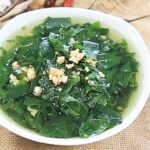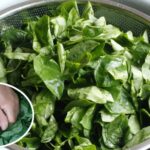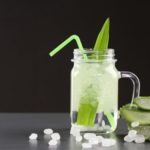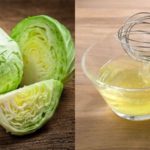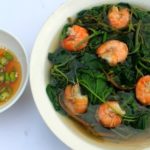Many people confuse Pennywort, Mirror Grass, and Raindrop plants as they are all unique ornamental plants with distinct features.
1. Pennywort Plant
Pennywort is a perennial herb belonging to the Hydrocotyle genus, typically found near marshes and thriving in a semi-aquatic environment.
This plant is easy to grow and prefers a consistently moist environment with fertile, well-drained soil and ample sunlight. It can be successfully grown in a half-land, half-water basin.

Pennywort Plant
Ensure that the plant’s environment never dries out, whether it is soil-based or hydroponic. Pennywort occasionally blooms white and green flowers, but these are not particularly aesthetically pleasing.
However, its round, coin-like leaves with wavy edges are very attractive. When caring for Pennywort, ensure it receives ample sunlight, and don’t worry if some leaves get scorched during the summer—it can handle direct sunlight.
During hot summers, provide some shade, and ensure sufficient daylight during other seasons. Keep the soil moist, and maintain a minimum temperature of 5°C (41°F). At this temperature, the leaves will thrive and appear lush and vibrant.
Since the Pennywort is grown in a half-land, half-water basin, it may attract mosquito larvae. To prevent this, regularly change the water or introduce small fish to the basin to feed on the larvae.
2. Raindrop Plant
The Raindrop Plant is a perennial herb from the Piperaceae family, with a short stem, making it ideal for small pots.
Its leaves resemble water droplets, and the center and upper part of each leaf feature a white spot where the leaf stalk attaches. The flowers of the Raindrop Plant differ significantly from those of Pennywort and Mirror Grass.

Raindrop Plant
The flowers bloom at the top of the plant and consist of green-white, spiny inflorescences. When caring for this plant, maintain a warm and humid environment with diffused light. It thrives in indoor lighting conditions, but if the light is insufficient, be mindful of overwatering, and water only when the soil is dry.
If the pot is placed in a bright, diffused light area and the soil dries out quickly, ensure the soil remains moist. During winter, when temperatures drop, regulate watering accordingly while still maintaining moist soil.
The Raindrop Plant requires well-aerated, fast-draining soil. Use sandy loam or composite nutrient soil, and choose a small pot for easier watering management.
3. Mirror Grass
Mirror Grass is a perennial herb from the Urtica genus, with round leaves and a white spot on the leaf stalk. The leaves grow directly upright from the stem.
This plant is best suited for a windowsill with diffused light. Ensure a warm environment, and when the potting soil dries out, the plant will develop auxiliary buds and maintain its health.
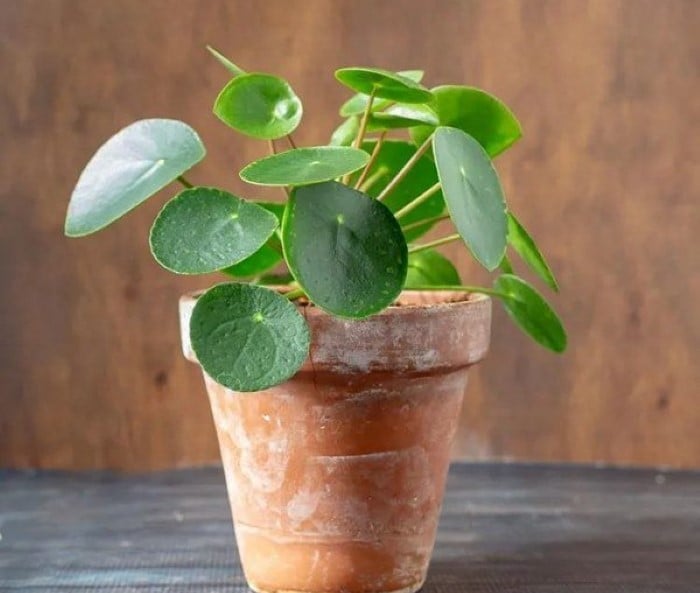
Mirror Grass is ideal as a mini table plant
With the right care, Mirror Grass will bloom with clusters of green-white flowers in spring and summer. The inflorescence emerges from the plant’s nodes, but they are not particularly attractive. This plant is primarily grown for its foliage.
Mirror Grass prefers sandy, well-drained, and fertile soil. You can use multi-purpose nutrient soil or a mixture of peat moss, pearl stone, and a small amount of slow-release fertilizer in a 4:1 ratio.
Choose a pot with a larger drainage hole at the bottom to promote the growth of more lateral buds. For indoor planting, use well-drained clay or plastic pots, or ceramic pots with larger drainage holes.
Mirror Grass is cold-hardy, with an optimal growth temperature of 18-28°C (64-82°F). It can survive the winter if the temperature is maintained above 5°C (41°F).
Is It Necessary to Wring Water Dropwort Before Cooking?
The glossy, resilient leaves of Rau Ngót are a unique feature, setting it apart from other herbs with their ability to resist easy water absorption. A common practice among many is to gently crumple and bruise the leaves prior to cooking, a technique believed to enhance its tenderness and capacity to absorb flavors.

























